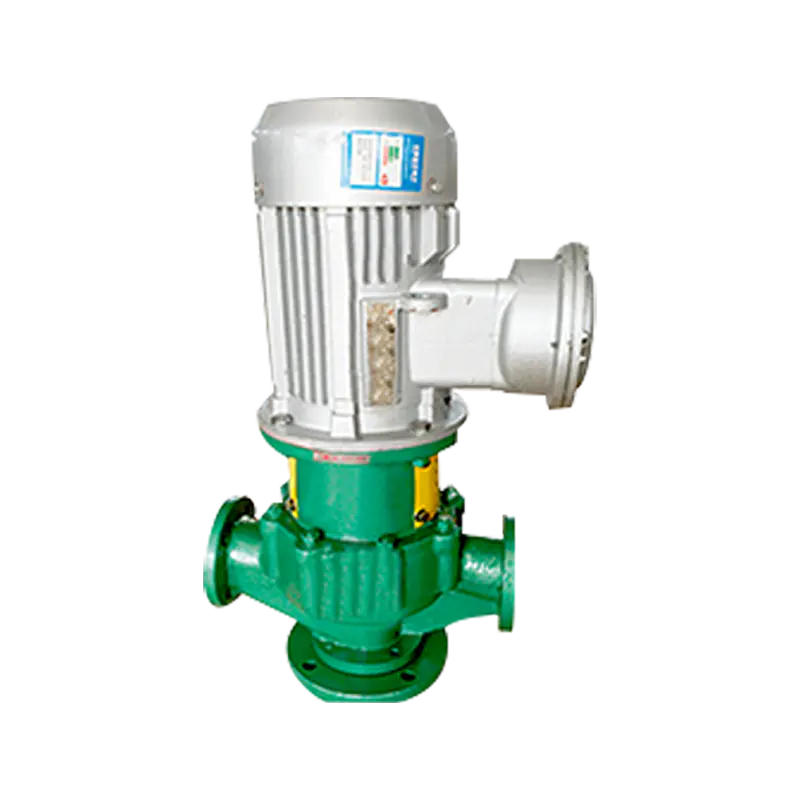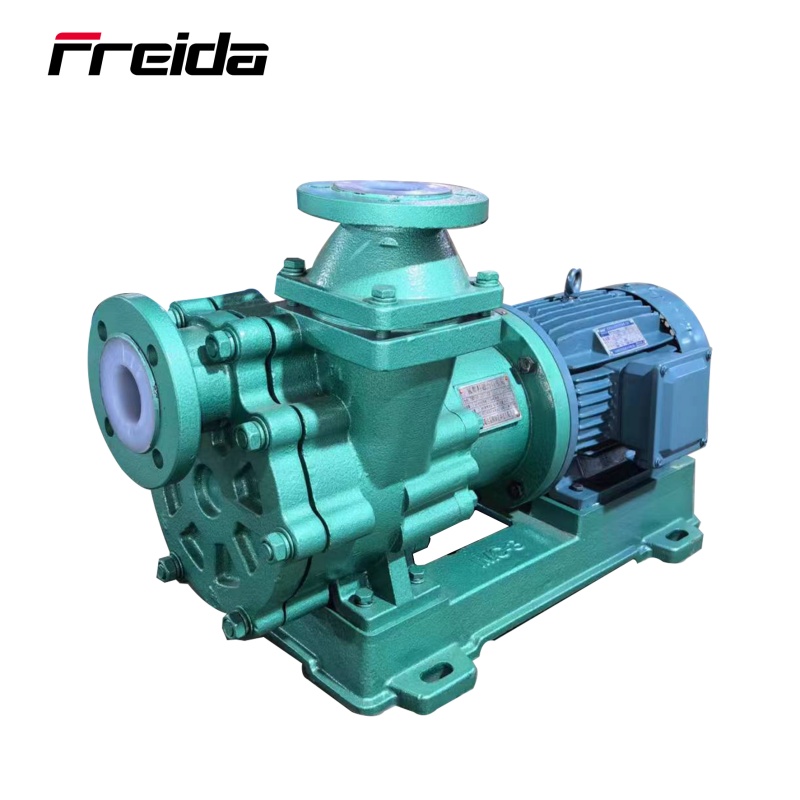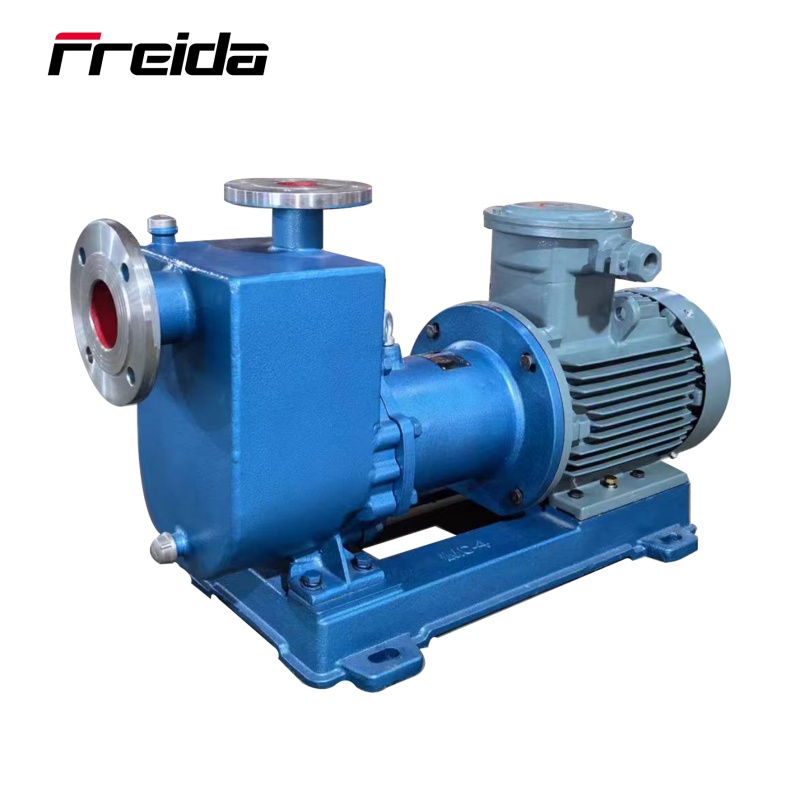Stainless steel self-priming pumps, while seemingly straightforward in their function, represent a sophisticated fusion of hydraulic engineering and material science. Their widespread adoption across critical industries underscores not just their convenience in operation, but also the meticulous design considerations that ensure their reliability and efficiency in highly demanding applications. This article delves deeper into the engineering nuances, advanced features, and specialized applications that elevate these pumps beyond mere fluid transfer devices.
The Mechanics of Rapid Priming and Air Handling
The core differentiator of a self-priming pump lies in its ability to quickly and efficiently handle air in the suction line. Unlike standard centrifugal pumps that require a completely filled suction line, self-priming designs are engineered to create a powerful vacuum. This is typically achieved through a re-circulation principle, where a certain volume of liquid remains in the pump casing after shut-off. Upon startup, the impeller rapidly spins this retained liquid, creating a low-pressure zone that draws air from the suction pipe into the pump's volute. This air-liquid mixture is then discharged, and as more air is evacuated, the liquid level in the suction pipe rises until the pump is fully primed and begins normal pumping operations.
Advanced self-priming designs often incorporate:
- Large Priming Chambers: These chambers are strategically sized to hold sufficient liquid for initial priming cycles and to separate entrained air effectively before discharge.
- Optimized Impeller Vane Geometry: The geometry of the impeller vanes is crucial, designed not only for efficient liquid handling but also for robust air-liquid mixture processing during the priming phase. Some designs feature semi-open or channel impellers that are particularly adept at handling solids and entrained gases.
- Venturi Tubes/Diffusers: In some designs, venturi tubes or diffusers are integrated into the internal flow path to enhance the suction capability and accelerate air evacuation, particularly for higher suction lifts.
The Role of Stainless Steel Grades and Surface Finishes
The selection of stainless steel is not a monolithic choice. The specific grade of stainless steel (e.g., 304, 316, 316L, Duplex) is paramount and directly dictated by the chemical compatibility requirements of the pumped medium and the operating environment.
- AISI 304/304L: A general-purpose stainless steel offering good corrosion resistance for less aggressive media, commonly found in general water transfer and some food applications.
- AISI 316/316L: Provides superior corrosion resistance due to the addition of molybdenum, making it ideal for applications involving chlorides, acids, and elevated temperatures, such as chemical processing, pharmaceuticals, and marine environments. The "L" variant (low carbon) further enhances weldability and resistance to intergranular corrosion.
- Duplex Stainless Steels (e.g., 2205, 2507): These alloys offer even higher strength and exceptional resistance to pitting and crevice corrosion, making them suitable for highly aggressive environments or applications requiring robust mechanical properties, such as offshore platforms or certain corrosive chemical processes.
Beyond the material composition, the surface finish of the stainless steel components is critical, especially in hygienic applications. Polished internal surfaces, often specified to Ra values (Roughness Average) of 0.8 µm, 0.4 µm, or even finer, minimize areas where bacteria can colonize and facilitate more effective Clean-in-Place (CIP) and Sterilize-in-Place (SIP) procedures. Electro-polishing can further enhance surface passivation and cleanability.
Specialized Configurations and Enhanced Features
Modern stainless steel self-priming pumps often incorporate a range of features to meet diverse operational demands:
- Solids Handling Capability: Pumps designed for wastewater or slurry applications feature robust, non-clogging impellers (e.g., vortex or single-channel designs) and larger internal clearances to pass solids without jamming.
- Magnetic Drive (Mag-Drive) Pumps: For highly aggressive, toxic, or valuable fluids where zero leakage is critical, stainless steel self-priming pumps can be configured with magnetic drives. This eliminates the need for mechanical seals, preventing leakage and ensuring containment.
- Explosion-Proof (ATEX Certified) Motors: In environments with flammable vapors or dust, pumps are often coupled with ATEX-certified motors and designed to prevent ignition sources, ensuring safe operation.
- Variable Frequency Drive (VFD) Compatibility: Integrating a VFD allows for precise control of pump speed, optimizing flow rate and head, reducing energy consumption, and providing soft start/stop capabilities, which extends pump life and reduces system stress.
- Heating/Cooling Jackets: For temperature-sensitive fluids, pump casings can be designed with jackets to circulate heating or cooling media, maintaining process fluid temperature stability.
Applications Requiring Precision and Reliability
The enhanced features of stainless steel self-priming pumps make them indispensable in highly specialized sectors:
- Biopharmaceutical Production: For transferring high-purity water, cell cultures, media, and finished products under sterile conditions, where traceability, cleanability, and material integrity are paramount.
- Aseptic Food Processing: Handling dairy products, juices, and delicate food ingredients where preventing microbial contamination is crucial throughout the processing chain.
- Hazardous Chemical Transfer: Moving aggressive acids, caustics, and solvents safely and reliably, often under strict environmental and safety regulations.
- Marine & Offshore: Pumping seawater, fuels, and chemical additives on vessels and platforms, demanding resistance to saltwater corrosion and reliable operation in challenging conditions.
Conclusion: Engineering for Performance and Purity
Stainless steel self-priming pumps are far more than just workhorses; they are precision-engineered devices tailored to meet the exacting requirements of modern industrial processes. The continuous innovation in their hydraulic design, coupled with the strategic selection and finishing of stainless steel alloys, ensures not only their ability to prime efficiently but also to operate with unparalleled reliability, hygiene, and corrosion resistance. As industries continue to demand higher levels of purity, safety, and operational efficiency, the role of advanced stainless steel self-priming pumps will undoubtedly continue to expand and evolve.

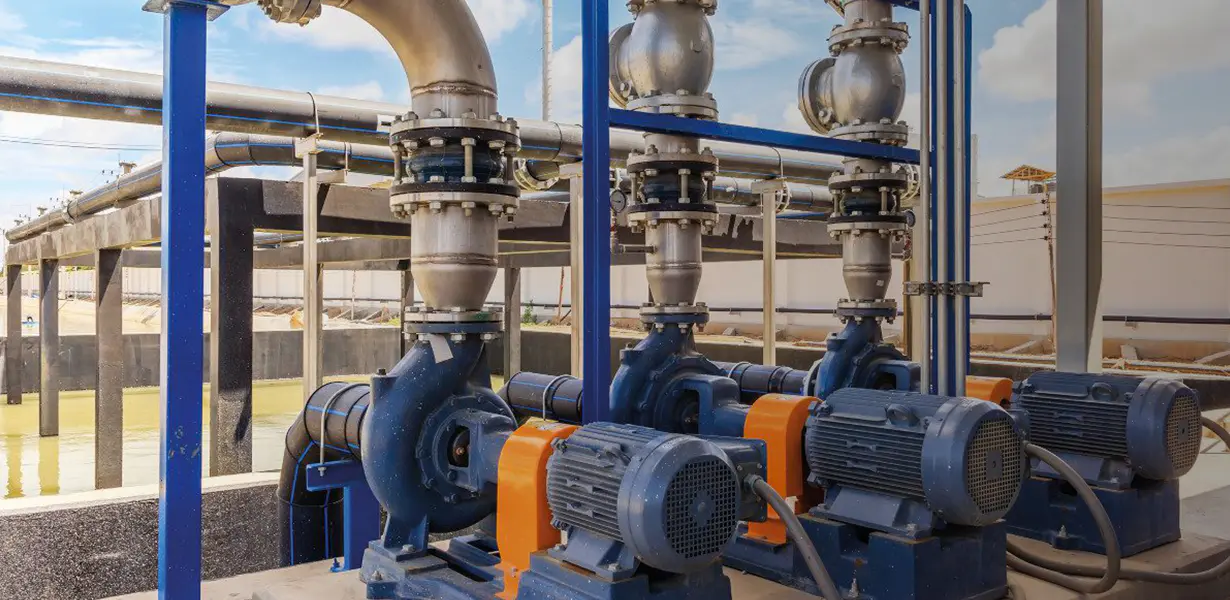
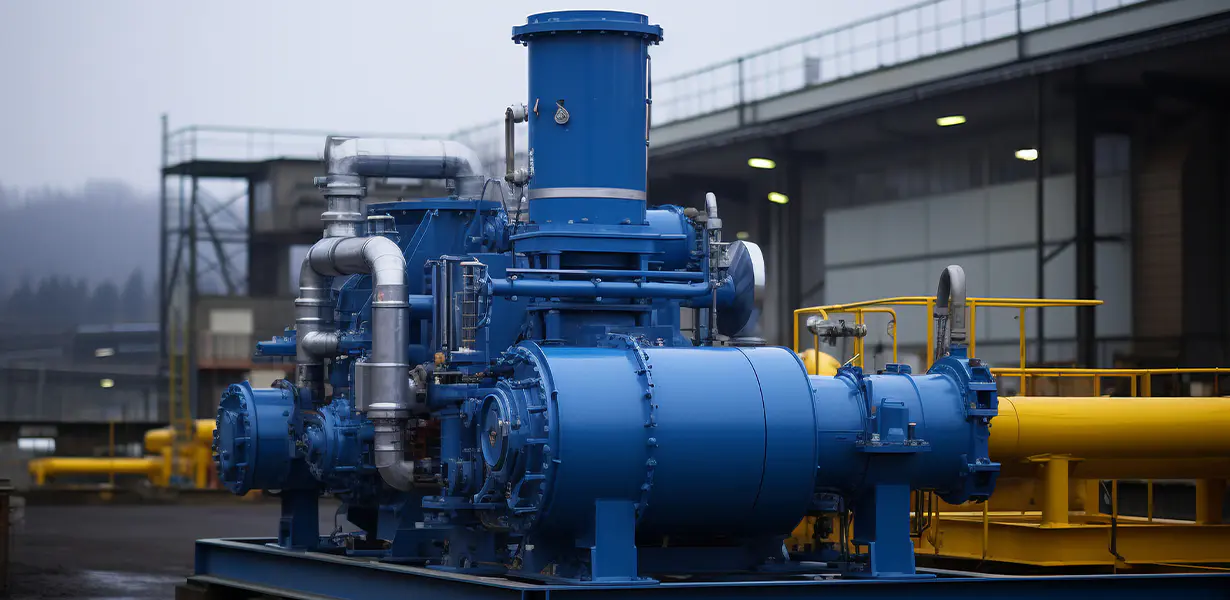
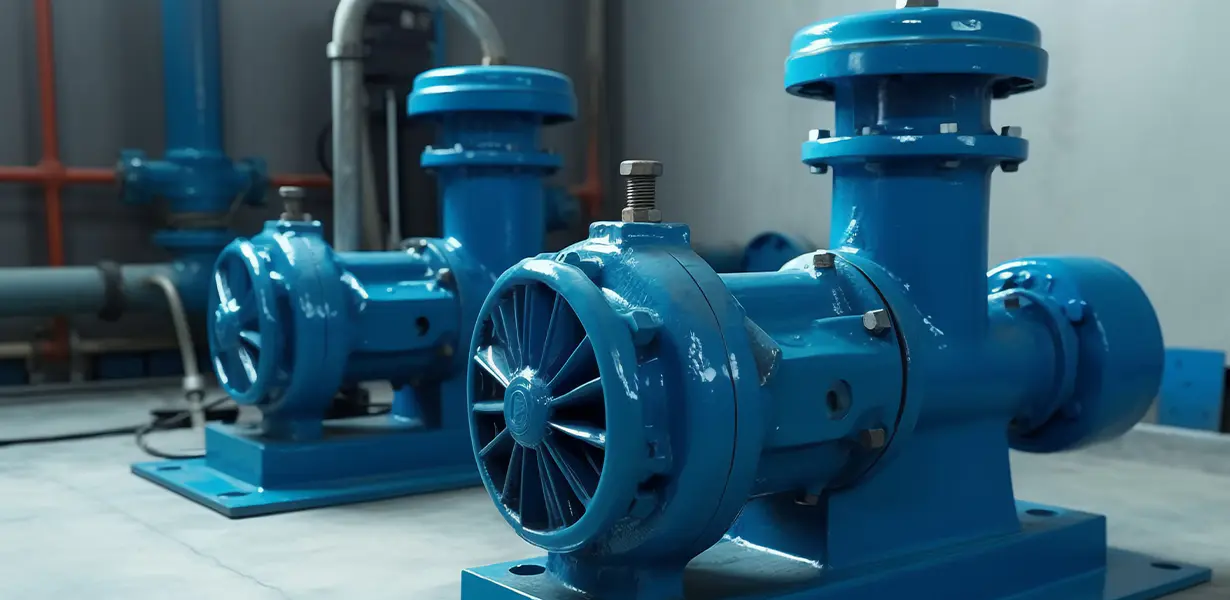
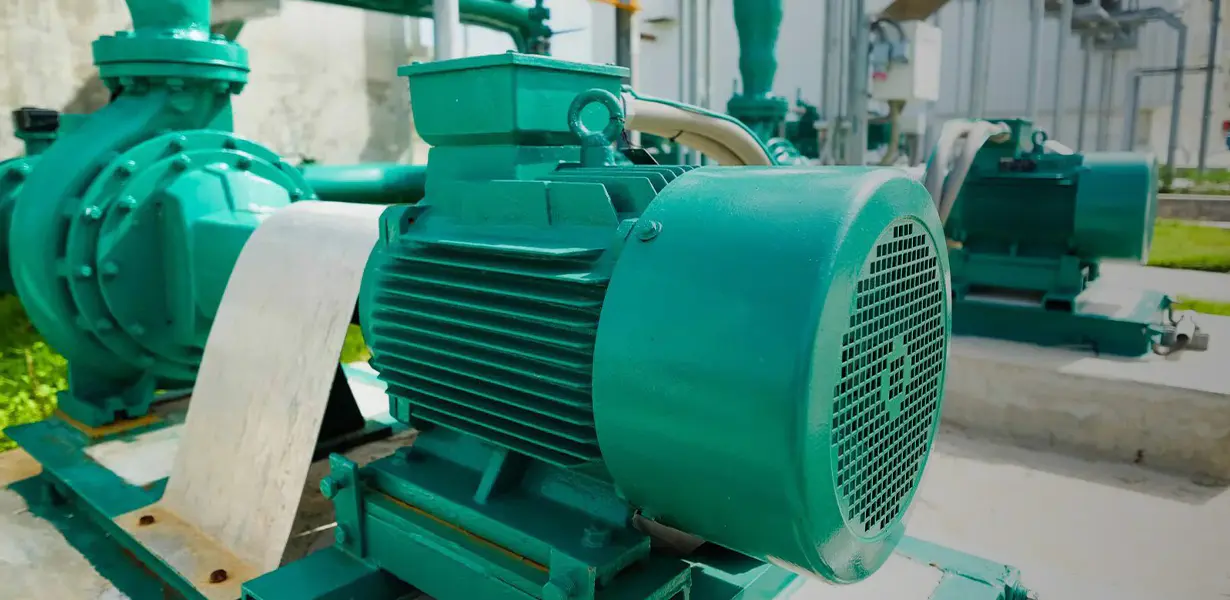
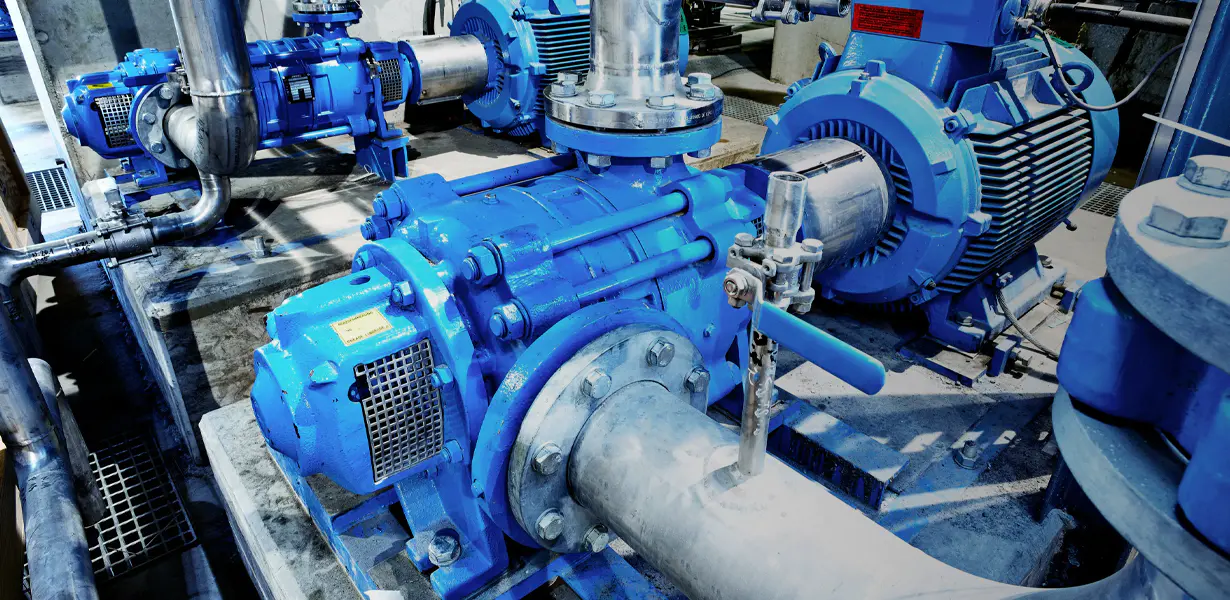
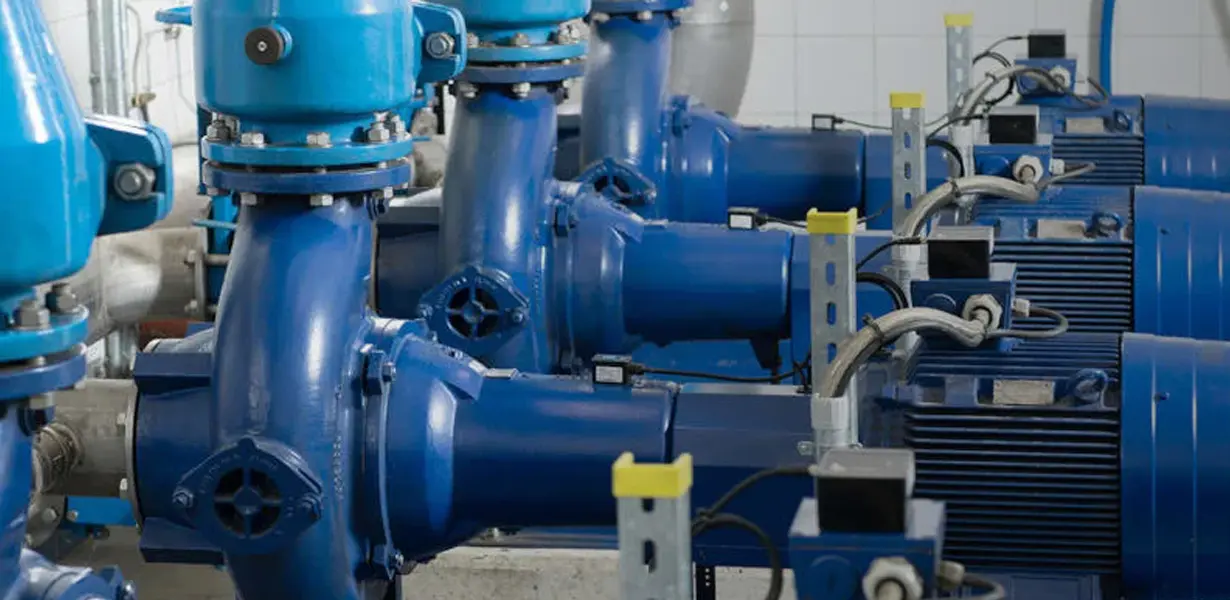


 English
English русский
русский Español
Español Français
Français








